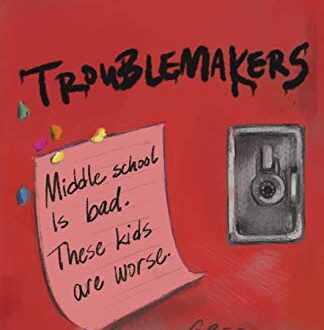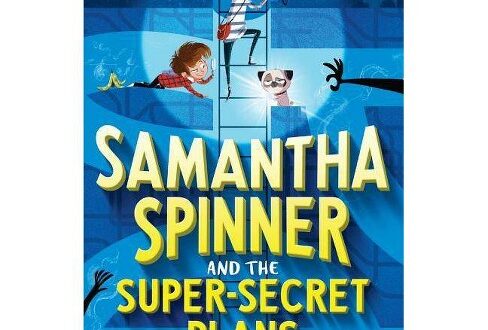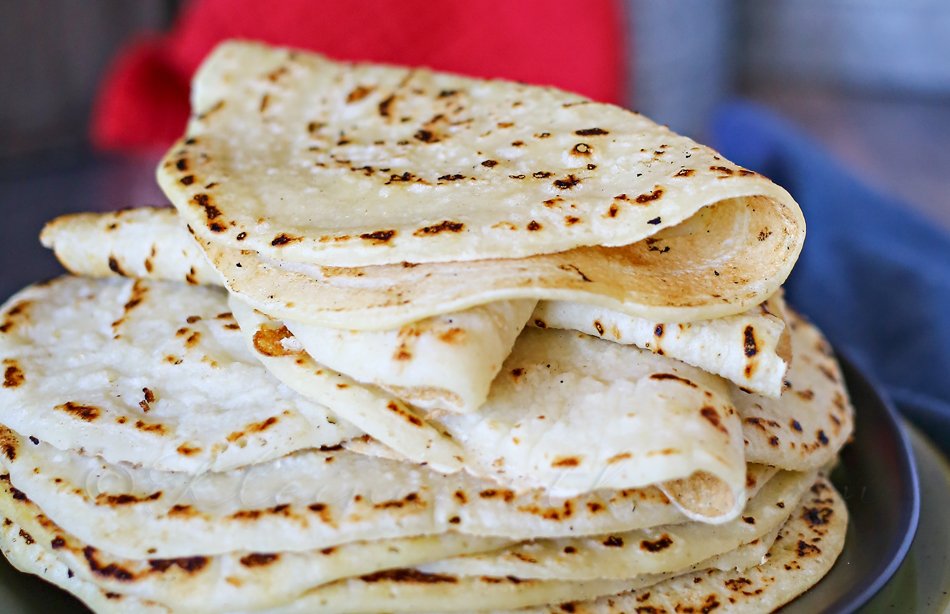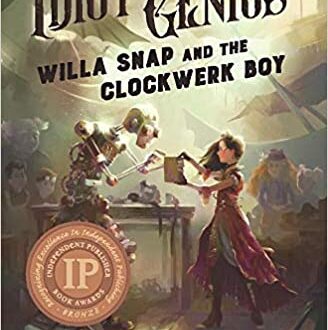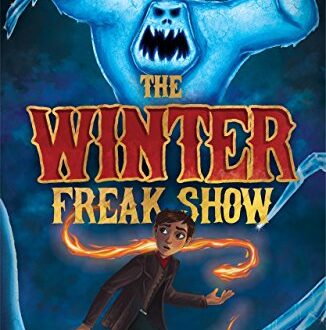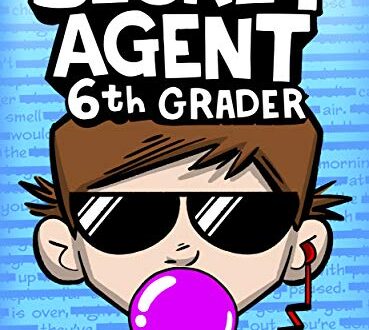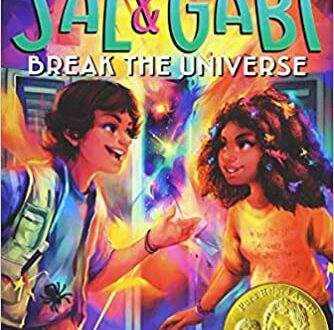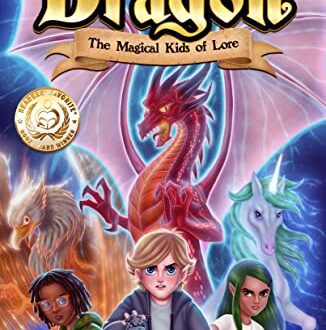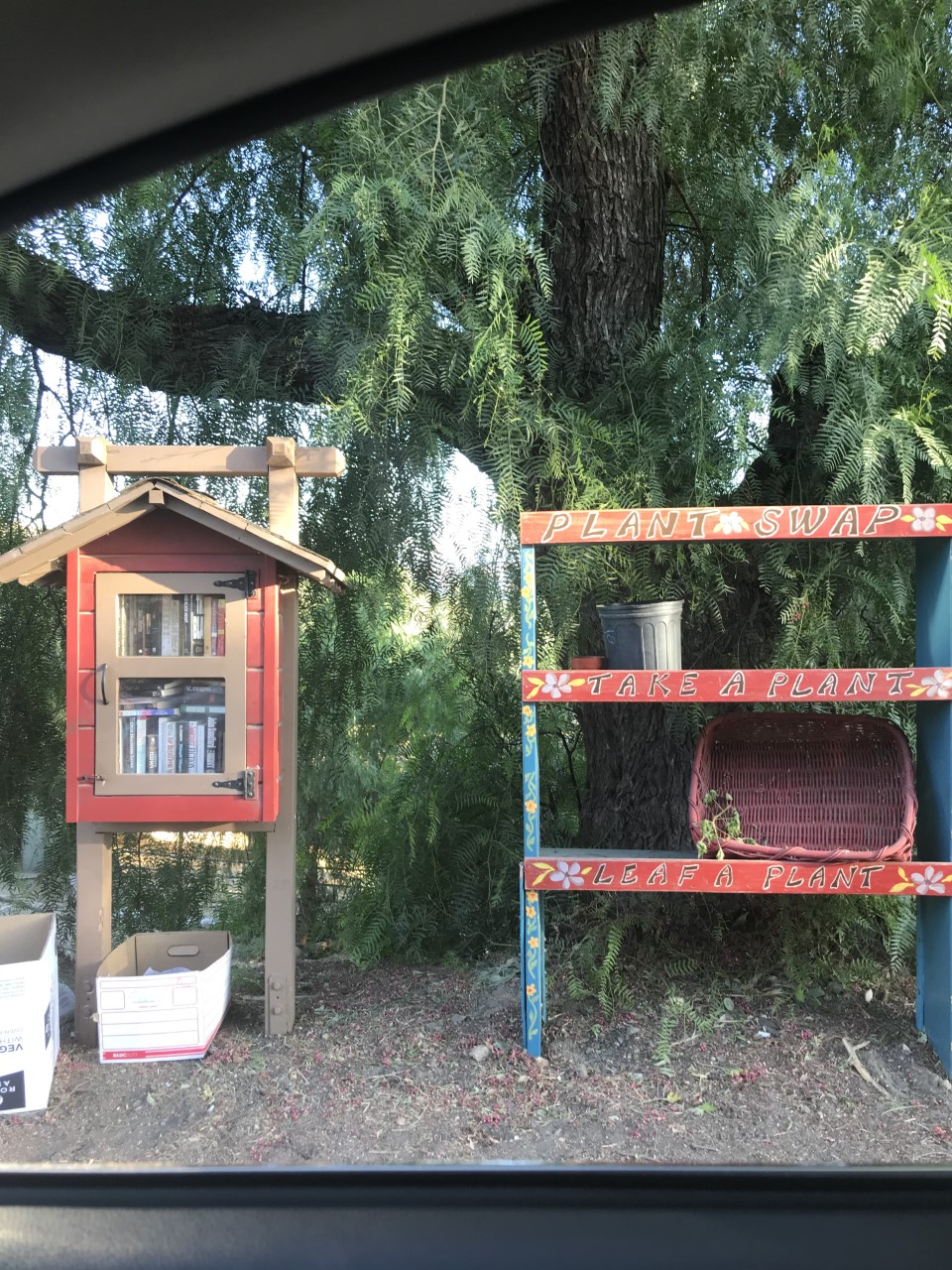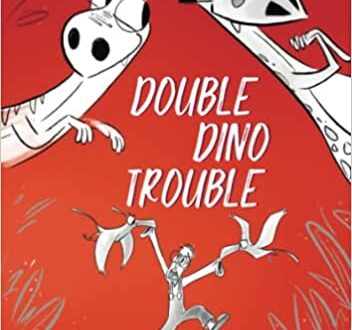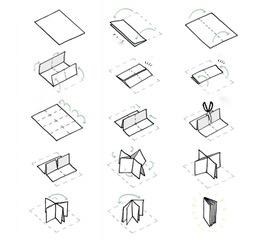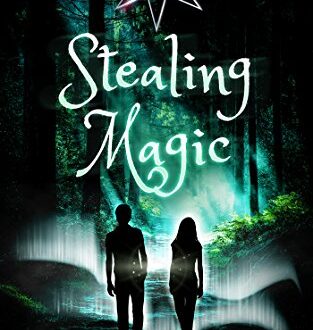-
Hiking–Exploring Nature’s Playground
The warm sunshine on your face, the sound of the wind rushing through the trees overhead, and the soft earthy feel of the trail under your boots. Not only are these experiences enjoyable to have, but they’re good for you, too. Hiking offers physical exercise and emotional relief.
Hiking is one of the best ways to get exercise. Whether you scramble up a steep incline or are walking on a winding dirt path, hiking is the perfect opportunity to get a workout!
Being in nature can boost your mood and improve your mental health. Spending quality time in the great outdoors reduces stress and calms anxiety. Hiking, taking in the sights and smells of nature, is good for you.
Hiking with a friend or a group of friends is fun. And the fun fact is that you can hike just about anywhere, as long as you are careful and tell others where you are going. The opportunities and benefits of hiking are waiting for you. All you have to do is go.
To get started, you need to choose the right hike. And you need to be aware of some safety tips when you are going on an extended Nature hike.
The first step to pleasurable hiking is gauging your physical limits and choosing a trip to fit your physical abilities. Key factors to consider are distance, elevation change and the type of terrain.
If you’re a newbie, start with short, simple walks and work your way up. If possible, hike with a companion or in a group with more experience. Not only will it be safer and more fun, you can share in others’ knowledge and skills. Clubs and guided walks are also great ways to learn the basics.
For the more adventuresome among you—consider going on longer hikes in Nature. For those of you who want to venture away from your city with its parks and hiking paths, here are some safety tips you will want to consider. But, whatever you do, just make sure that you let somebody know where you will be hiking and when you expect to return. Plus, do not hike alone. Just in case an accident or a serious incident happens to you while you are out hiking, a companion can help save your life by getting help for you.
To begin your long hike, start by wearing layered clothing to protect yourself from the elements and to help regulate your body temperature. With layered clothing, you can add or subtract as needed. A dependable waterproof jacket is vital, of course. As is a hat—broad-brim for sunny days, a woolly hat for the cold. The general rule of thumb is always to be prepared for the worst conditions.
So, pay attention to the weather.
Choose good boots—your feet and ankles will thank you. So will your back and the rest of your body.
Carry a comfortable backpack. If you’re going to carry a heavy load for long periods, get a backpack with a good harness. A properly fitted backpack allows freedom of movement, but doesn’t swing from side to side.
Pack lightly for long hikes, including lightweight food in plastic bags. Also, make sure you have water. Food is your fuel, so pack foods that are high energy and nutritious. Tasty treats such as chocolate can also work wonders.
Pace yourself. Enjoyable hiking depends on endurance, not speed. Take regular rest stops to take the weight off, rehydrate, and nibble some nuts—three moves guaranteed to keep you smiling.
AIME
-
Adventure to Mars: Rocket Kids
Blast off on a journey to Mars that will keep you on the edge of your seat as you follow two young kid astronauts, Neil and Kate, through an adventure full of mystery and excitement.
Making history as the first kids to enter space, and the first humans to ever walk on Mars, Neil and Kate knew they were in for something big with their mission to find water on the Red Planet. It didn’t take long, however, before they found themselves on an adventure of a lifetime that went beyond anyone’s wildest imagination.
From author Lizzie Lipman for Readers 8-12.
-
Butter and Tortillas
Want to make a fun snack? How about making your own tortilla and slathering it with homemade butter? Here’s how:
BUTTER:
Butter only needs one ingredient: heavy whipping cream. You will also need a glass jar with a tight lid. You can use a clean, dry baby jar, or a canning jar with a lid and ring.
No matter what size jar you use, only fill it up halfway with the cream.
Tighten the lid securely and start to shake it as hard as you can for as long as you can. It might take over ten minutes to separate into butter and buttermilk (the liquid left over), so it helps to have some friends over so you can trade off shaking. Maybe set a timer and challenge your friends make up silly words to a song while you shake, shake, shake. Dancing helps!
It might not look like anything is happening for a while, but soon enough you will see a lump forming in the liquid. Keep shaking until there is a clear separation of butter and liquid.
Once the separation has happened, pour off the liquid (or save it for another recipe that calls for buttermilk, like biscuits!). You can mush in a little salt to the butter, so it has more taste.
Now it’s time to make tortillas!
TORTILLA:
Ingredients:
2 cups masa harina (a special corn flour)
½ tsp. salt
1 ¼ cups warm water
In a medium bowl, stir the masa and salt together. Then pour the warm water in and stir until it is mixed and smooth. Cover your dough with plastic wrap and set it aside for about 30 minutes.
Take the dough and divide it into 12 pieces and roll them into balls.
This part needs someone who is safe to use and supervise the stove.
Heat a cast iron skillet until it is very hot. Take one dough ball at a time and flatten it out with your hands, pressing the heel of your hand in a circle so the dough looks like a tortilla.
Cook them one at a time for 1 to 2 minutes on each side. The edges should be a little brown. Do this one by one, keeping the warm tortillas folded in a cotton dish towel.
-
Upside-down Drawing
I have always believed people who can draw were magical wizards with a secret power only a few had–and to be honest, I still think that. Artists look at the world in a different way. They see color and shapes and perspective and are able to transform what their eye sees onto images on a flat piece of paper or canvas.
But there are some techniques artists use that everyone can learn. One of them is upside-down drawing. Start in a quiet place where you can work. Find a picture that you would like to draw (maybe an animal or a house or a picture of a person), a piece of paper, and a pencil. Then turn the drawing upside down and try not to see “giraffe” or “cat.” Instead focus on the shapes you actually see. How do the lines fit together? Where do the lines form spaces? Start drawing these lines and shapes.
Keep concentrating on the lines and shapes and not the idea of “house” or “person.” You might find you lose yourself in the task of fitting the lines and shapes together. Only when you are satisfied you have drawn all the pieces should you turn your drawing right side up. How did you do?
This exercise helps your brain to stop seeing the “idea” of an object and seeing all the pieces of the actual object in front of you. Everything you need when you draw something is right in front of you. You only need to practice looking carefully.
Maybe you truly are one of those magical wizards—an artist!
-
Homemade Play Dough
When my children were young, making homemade play dough was one of our favorite activities. It was even more fun when they had friends over, so everyone got their own dough to knead and color. The thing about this recipe is that the dough lasts longer than the store-bought kind and you can make large amounts very cheaply!
This recipe involves cooking, so please make sure a responsible older person does the cooking. When you are cooking the dough, you can add flavorings such as vanilla extract, or lemon, or banana, or almond. It will smell great! But no taste-testing. It actually tastes pretty gross.
Here is what you will need before you start:
- 2 cups all-purpose flour
- 3/4 cup salt (yes, that’s a lot!)
- 4 teaspoons cream of tartar (not everyone has this in their cupboard—make sure you have some before starting the recipe)
- 2 cups lukewarm water
- 2 tablespoons vegetable oil
- Food coloring
Steps:
- Stir together the flour, salt, and cream of tartar in a large pot. You can double the recipe, but make sure you have lots of room in the pot.
- Next add the water and oil
- Cook over medium heat, stirring constantly. Keep stirring until the dough thickens and it gets hard to stir. It will begin to form into a ball.
- Remove from heat and then place inside a bowl, gallon sized plastic bag or onto wax paper.
- Allow to cool slightly
- Knead until smooth
- If you’re adding colors after, divide the dough into balls (for how many colors you want) and then add the dough into the quart-sized bags. Start with 3 or 4 drops of color, then keep adding until it is the color you want.
- You can knead the dough while inside the plastic bag to keep your hands clean.
It is fun to use cookie cutters, rolling pins, smashers, and other kitchen utensils to make play dough food and objects. You can also add some glitter if you have some around. Have fun with your homemade play dough!
-
THE WATERHOLE
My body glided effortlessly through the green-tinged water, my legs floating over the back of my golden horse, Penny Boy. His ivory white mane drifted alongside his neck, and I grasped a handful of the soft strands so as not to float away and be left behind. I could feel the movement of each of his legs as they rhythmically propelled us across the swimming hole. I looked back over my shoulder just enough to see his white tail streaming behind us, rippling water marking our progress.
It was the closest thing to feeling weightless, to stopping time, not having to think about anything—just feel peace, and relish the trust and companionship between me and Penny Boy, and tell him how much I loved him.
All too soon, the water became shallow and hooves met sand. My hips and legs settled back into place on Penny Boy’s back as we emerged, water streaming down our shoulders, sides and legs, and dripping from Penny Boy’s mane and tail. I knew my cut-off shorts and t-shirt would smell like pollywogs once I got home, but I hardly cared.
Looking back now, I’m amazed that Penny Boy never stopped to shake the water off his body. It’s hard enough to stay on with a saddle when a horse shakes, but bareback—well, maybe I would have stayed on. But no matter. Those were the days when I could mount up Indian-style, grabbing a handful of mane and swinging my leg over Penny Boy’s back, pulling myself into place while he stood patiently.
And now, after all these years, I can still close my eyes and—I’m back at the swimming hole, floating weightlessly and carefree above Penny Boy’s back, a fistful of soft wet mane in my hands, pollywog smell tickling my nose, and whispering to Penny Boy how much I love him.
-
Unplugged
From New York Times bestselling author Gordon Korman comes a hilarious middle grade novel about a group of kids forced to “unplug” at a wellness camp—where they instead find intrigue, adventure, and a whole lot of chaos. Perfect for fans of Korman’s The Unteachables and Masterminds series, as well as Carl Hiaasen’s eco mysteries.
As the son of the world’s most famous tech billionaire, spoiled Jett Baranov has always gotten what he wanted. So when his father’s private jet drops him in the middle of a place called the Oasis, Jett can’t believe it. He’s forced to hand over his cell phone, eat grainy veggie patties, and participate in wholesome activities with the other kids whom he has absolutely no interest in hanging out with.
As the weeks go on, Jett starts to get used to the unplugged life and even bonds with the other kids over their discovery of a baby-lizard-turned-pet, Needles. But he can’t help noticing that the adults at the Oasis are acting really strange. Could it be all those suspicious “meditation” sessions?
Jett is determined to get to the bottom of things, but can he convince the other kids that he is no longer just a spoiled brat making trouble?
For readers 8 – 12.
-
Little Free Libraries
Have you noticed little tiny houses with little doors and books inside scattered around your neighborhood? If not, one may be coming to your area soon. Or maybe, you can encourage your family and friends to build and stock one.
A man named Todd Bol started the first Little Free Library in 2009 in Wisconsin after his schoolteacher mother died. He thought it would be a good way to honor her memory to share her love of books with the world. The first one was built to look like a little red schoolhouse. He made many more of them, and the idea caught on in cities all over the world. Today there are more than 90,000 Little Free Libraries in 91 countries.
These libraries work by exchange, which means you take a book you want to read and replace it with one you think someone might like to read. It is free! Little libraries have helped nurture the love of books and encouraged community sharing.
The idea of little libraries has extended to Little Pantries where people in a neighborhood stock the small public cupboards with food and other items for those in need. This is a quiet and gracious way of helping others and coming together as a community.
Another idea that grew out of these little libraries is a Toy Exchange. Families can get together and trade toys their children have outgrown for someone else’s toys. Toy Exchanges can also be small structures found in parks and beaches or wherever children play. Anyone can use the toys—all they have to do is replace them when they are done.
Keep a lookout for small little houses on sidewalks and lawns near you.
-
Hello Fellow Book Lovers
Some people think you have to choose your favorite way of reading. Some say a “real” book, that is, one you can hold in your hands is best. Others think a digital book, one you can read on your phone or pad or computer, is best. I’m here to say, “Why not both?”
Stories, after all, are magical creatures that jump from a writer’s mind into you, the reader’s, mind. How they make that jump doesn’t matter so much.
But I do have say, I have always loved the texture and smell of a real book. I love old, musty ones and new crisp ones. I love the covers and the heft of them. I recently discovered a way to make my own tiny book, and I want to show you how. I’ll do it like a recipe for a tasty dish!
Ingredients:
1 piece of regular paper 8.5” x 11”
1 pair of scissors
Coloring pens, markers, crayons
Your writer’s brain
Method:
Fold your piece of paper like this:

Now you can draw pictures in your book, create a story, send a message to your friend, use a secret code, or even write a real recipe for your favorite food. You can make a whole bunch of little books about different animals or games or flowers. The most important ingredient is your imagination!


